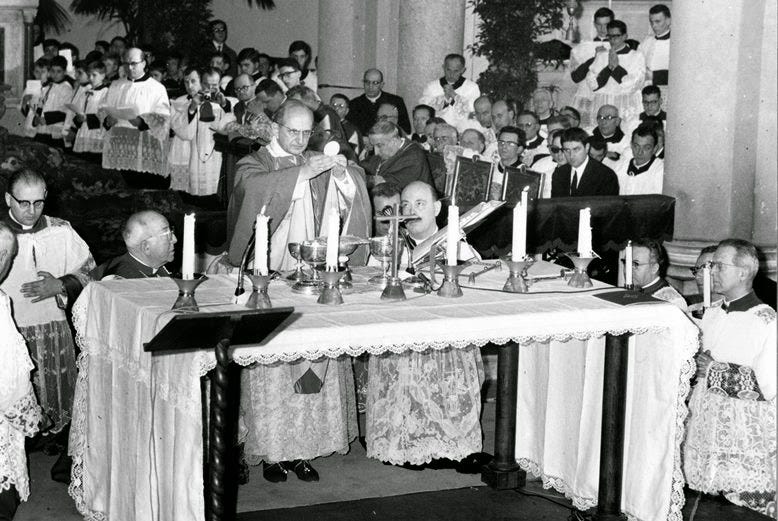Rome has been full of reports in recent weeks predicting that Pope Francis will soon modify the norms of Summorum pontificum, a 2007 document which granted wide latitude for priests to celebrate the “Extraordinary Form” of the liturgy.
It remains to be seen when the pope will…

